The 10km distance is one of the most popular to race among endurance runners.
Athletes of all abilities flock to big-city races or small-village fun runs, often with the hope of beating their personal best time, whether it be closer to 30 minutes or 90 minutes.
But to do so, there are key principles to follow in a training schedule.
Plan In Key Sessions
For runners just starting out, consistency and building time on feet is paramount. But as you get more experienced, you need to build in quality sessions that get progressively more challenging as your training schedule goes on.
The frequency of these sessions depends on how long you are building up to the race for, but roughly every one or two weeks is a good guide. An example session that elite runners sometimes use is to run at race pace for 10 reps of 1km with a one minute rest. Then progress it to six times a mile with 90 seconds’ rest, then eventually 10 times 2km with two minutes’ rest.
By completing these sessions, you are training your body to run at goal race pace and progressively increasing the difficulty of reps.
Variation Of Sessions
As well as completing key training sessions that will give you an indication of your progress, undertaking a good variety of workouts will ensure you have every base covered. To develop every area of your fitness, do speed work as well as tempo runs and hill sessions. The different stimuli will make you a better runner.
Long Runs
Going out and running longer than your race distance at an easy pace once a week will help build endurance and boost your confidence. If you know you can run over distance, 10km will be a lot less daunting on race day.
Recovery
Although the quality and quantity of your running goes a long way, there’s no worse feeling than missing out on a PB because you’ve overtrained. It means all that effort was wasted. With that in mind, be sure to build in enough rest days and easy recovery runs to keep injuries at bay and allow your body to adapt.





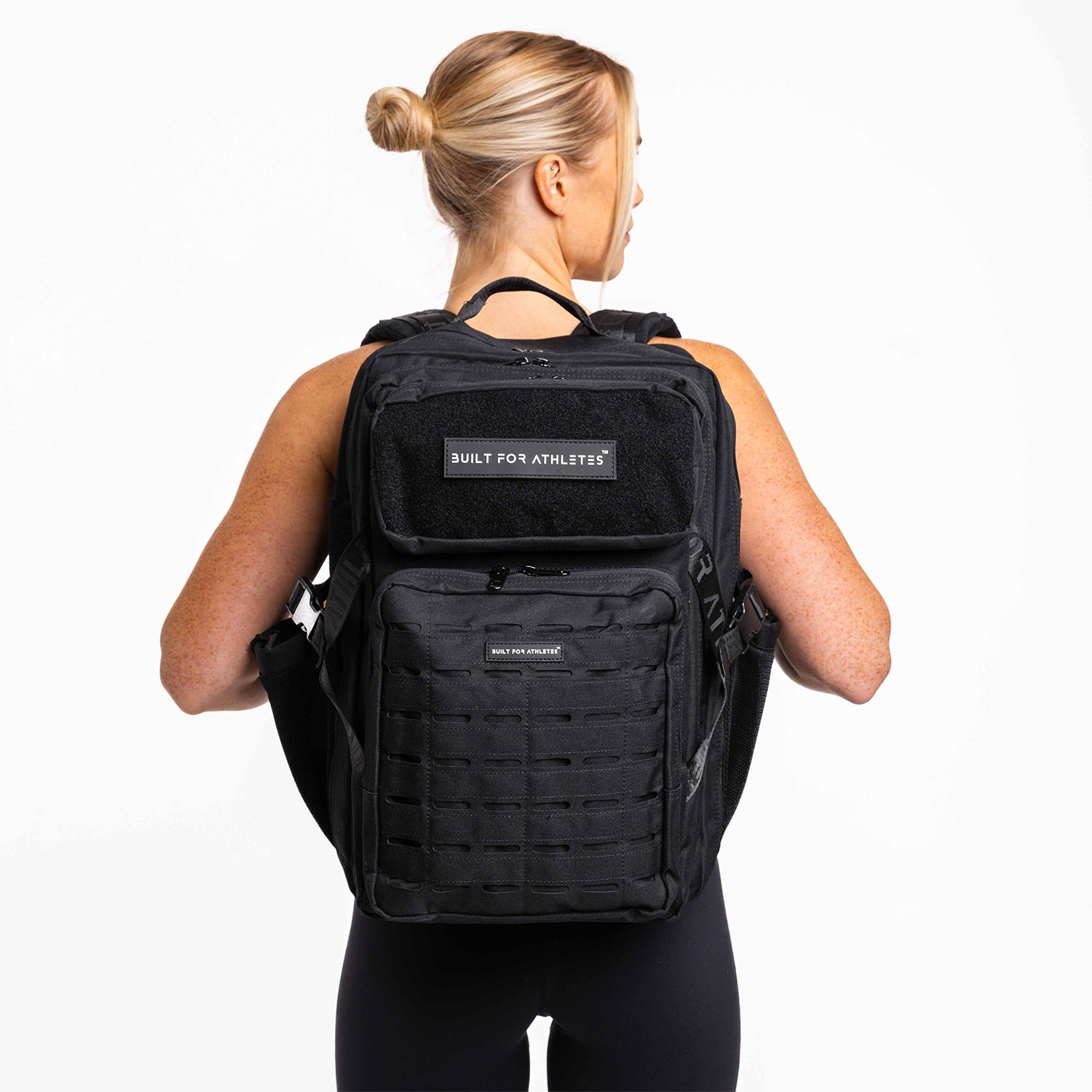






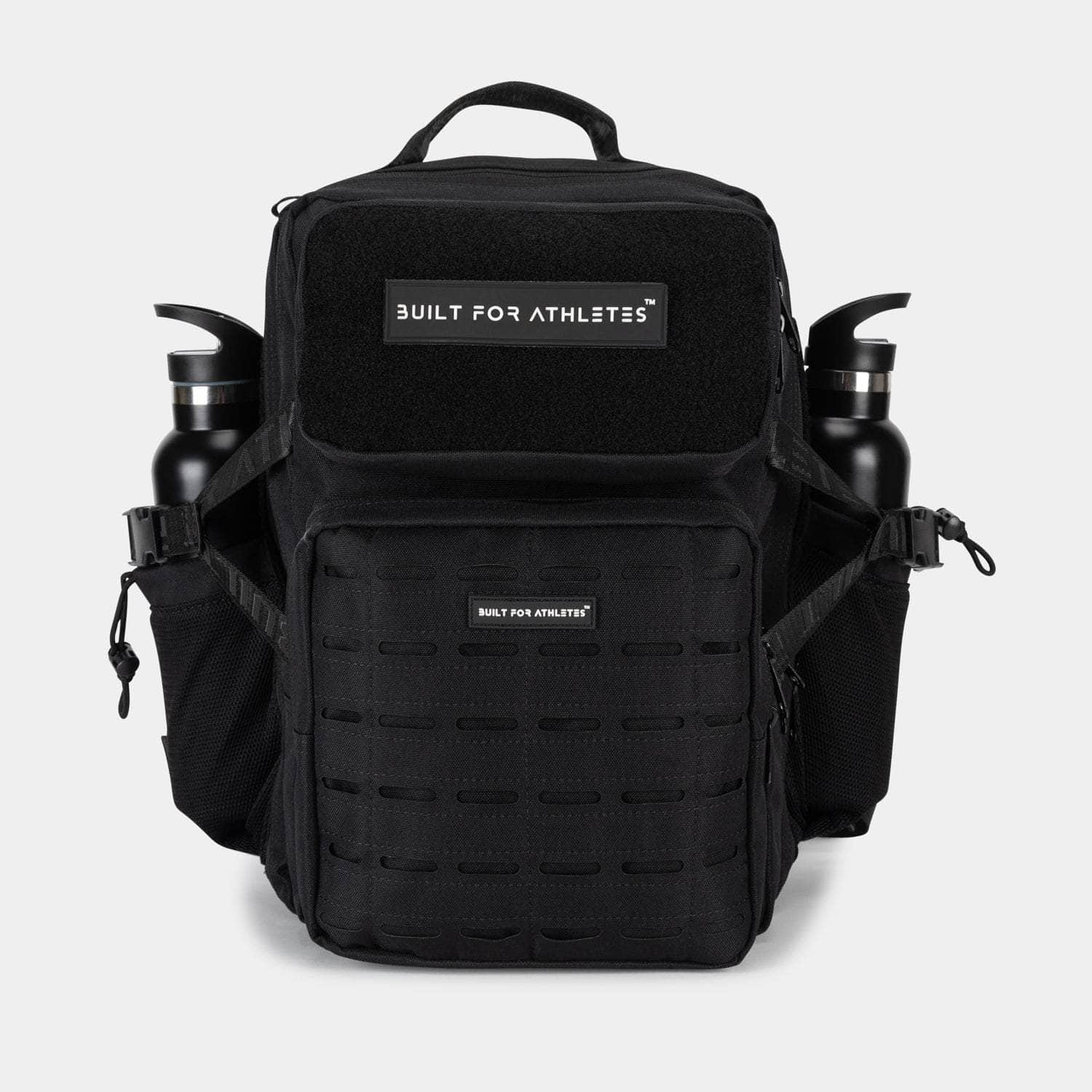
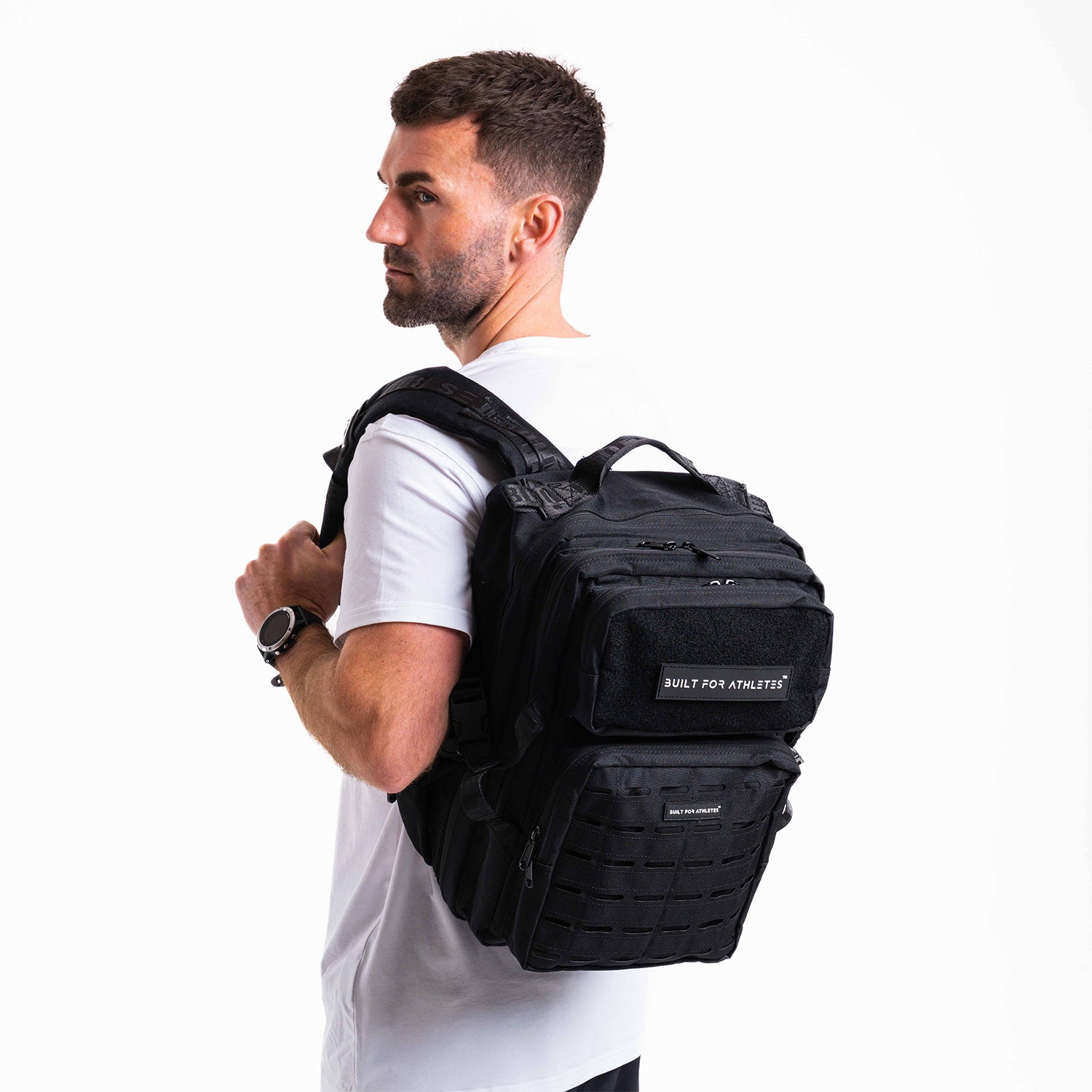

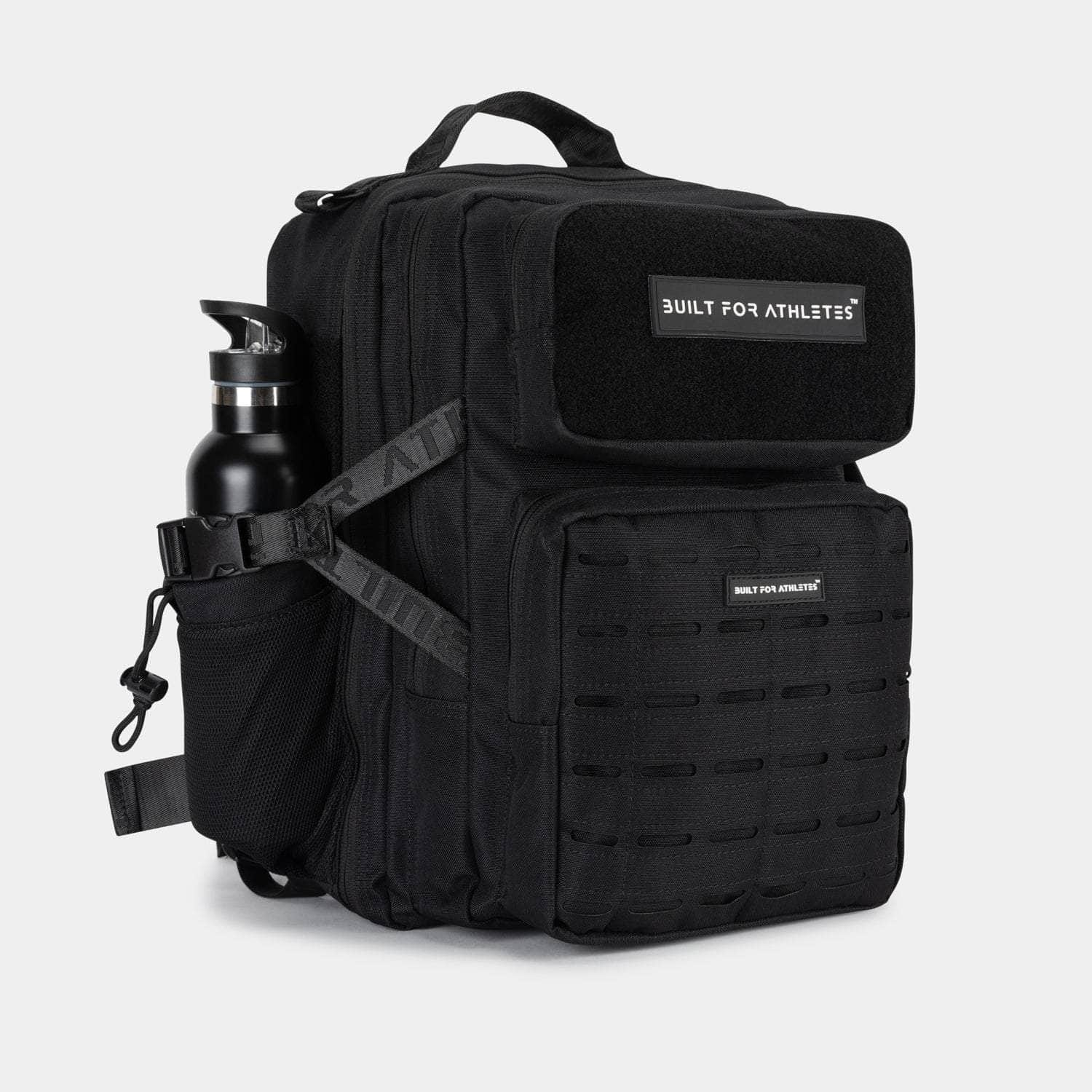



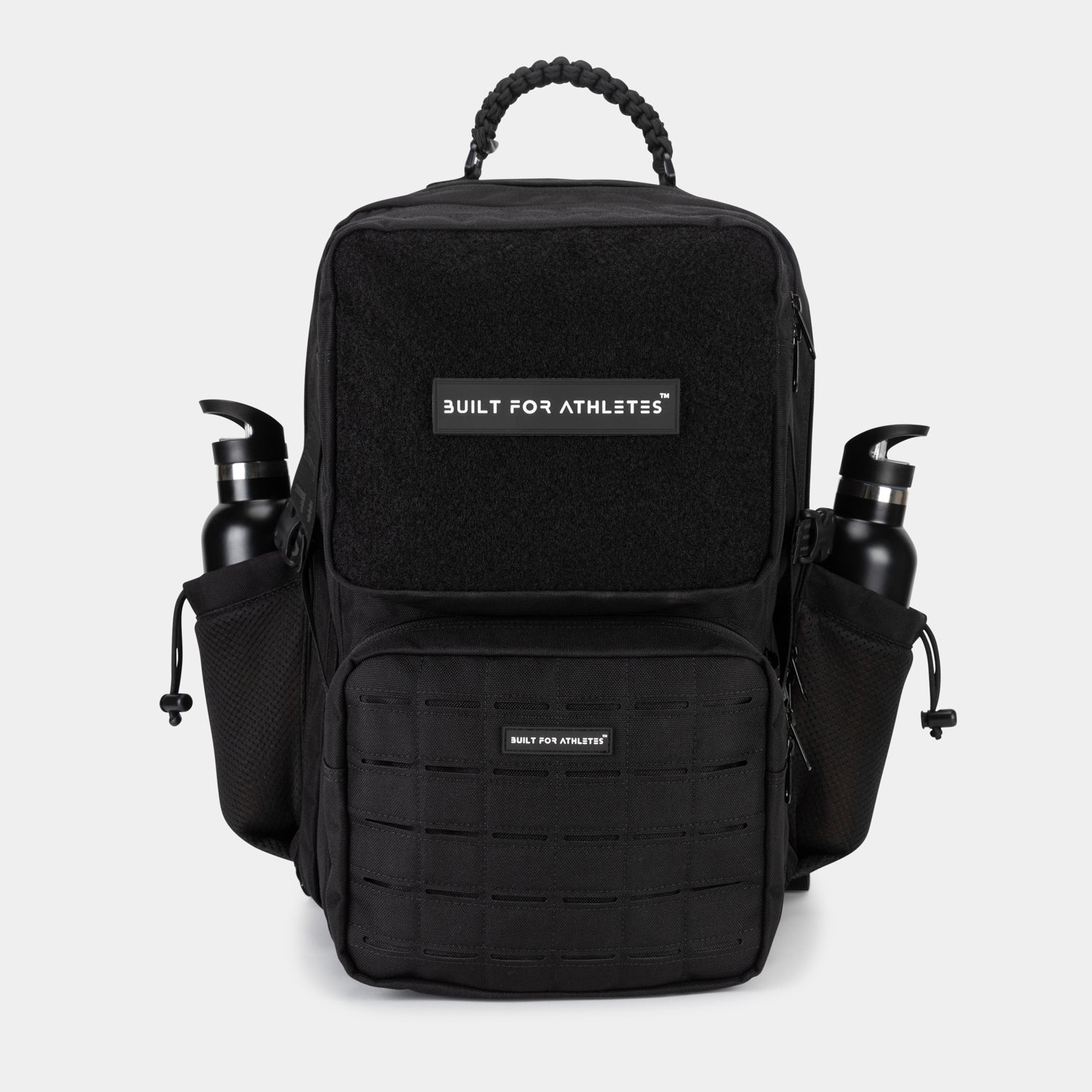
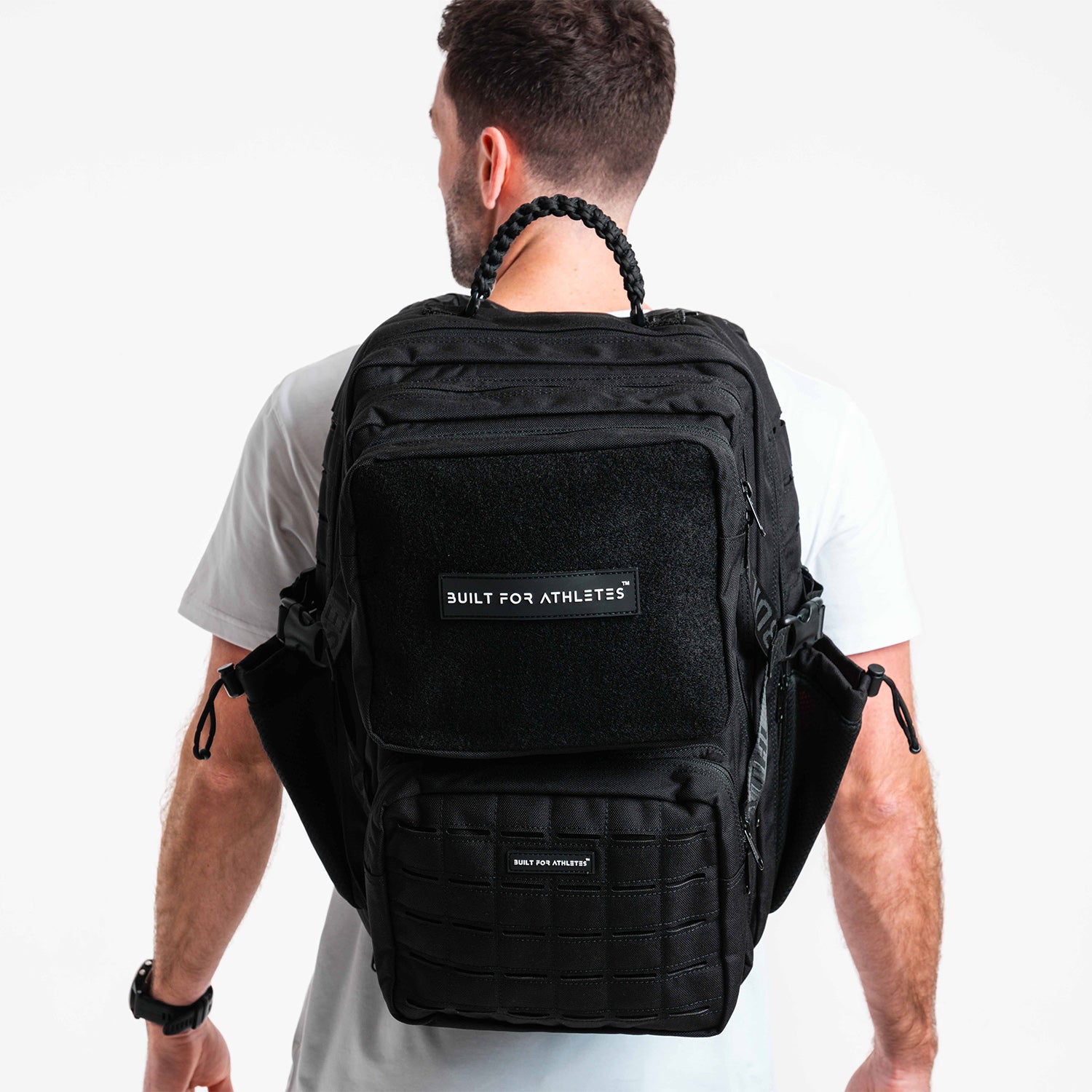

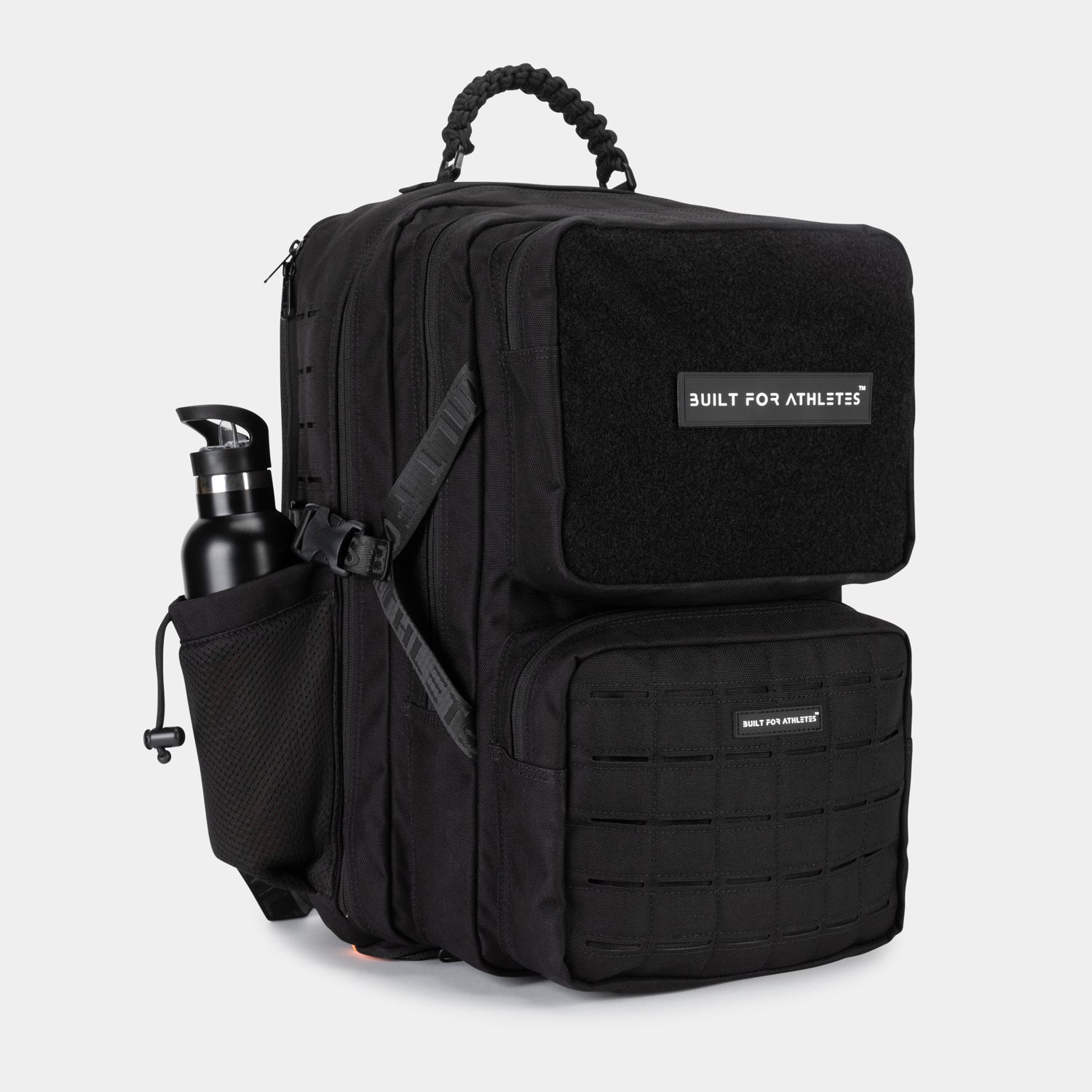







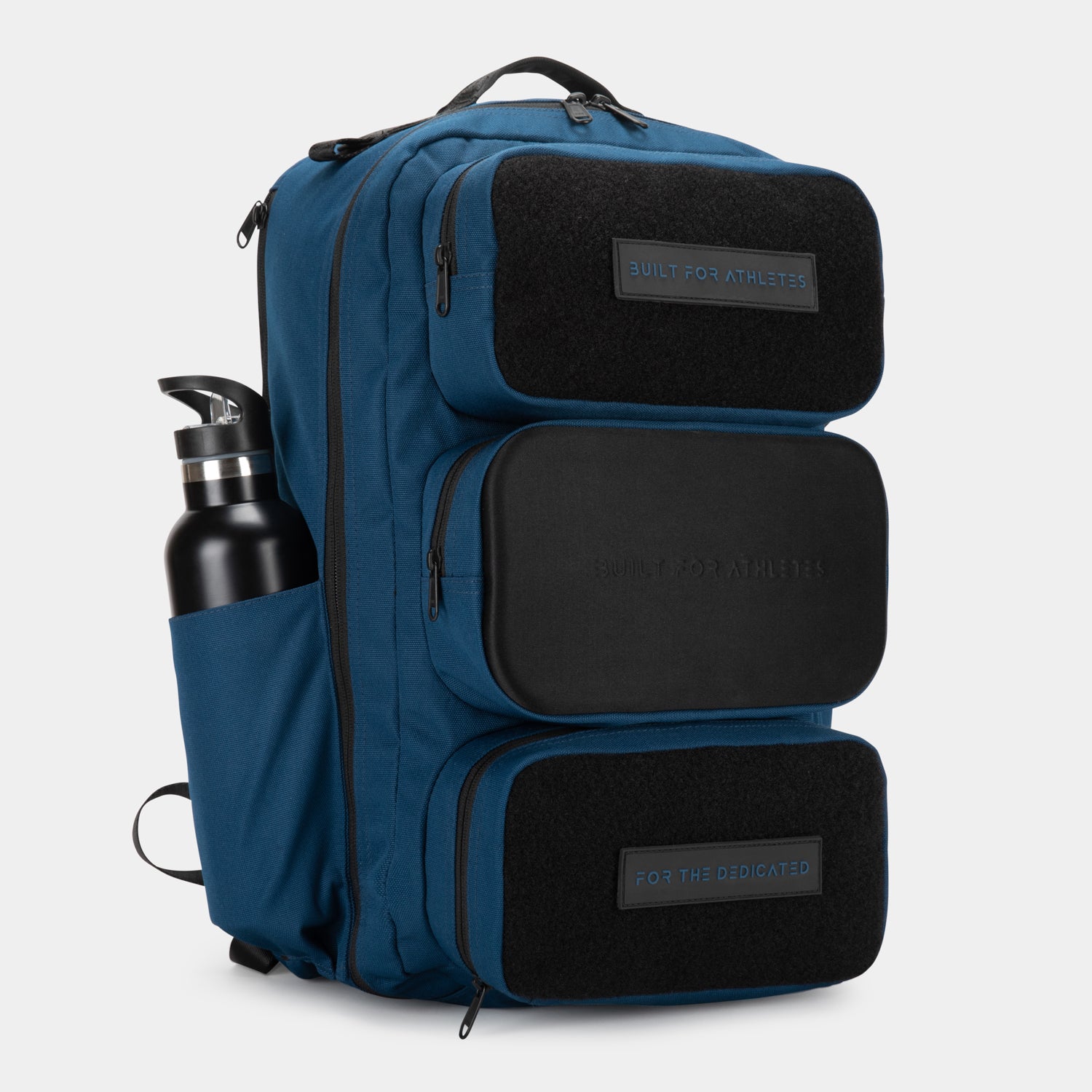
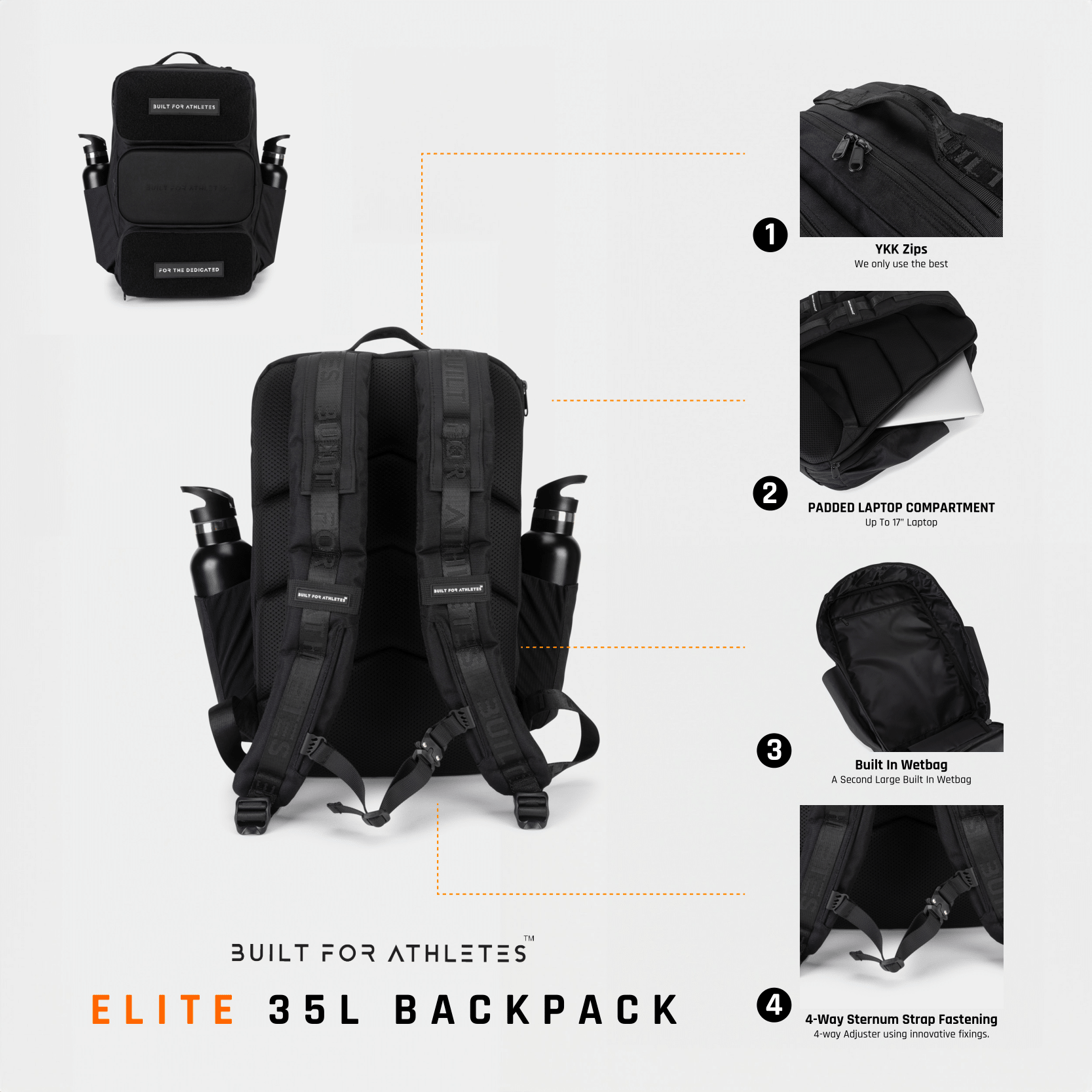






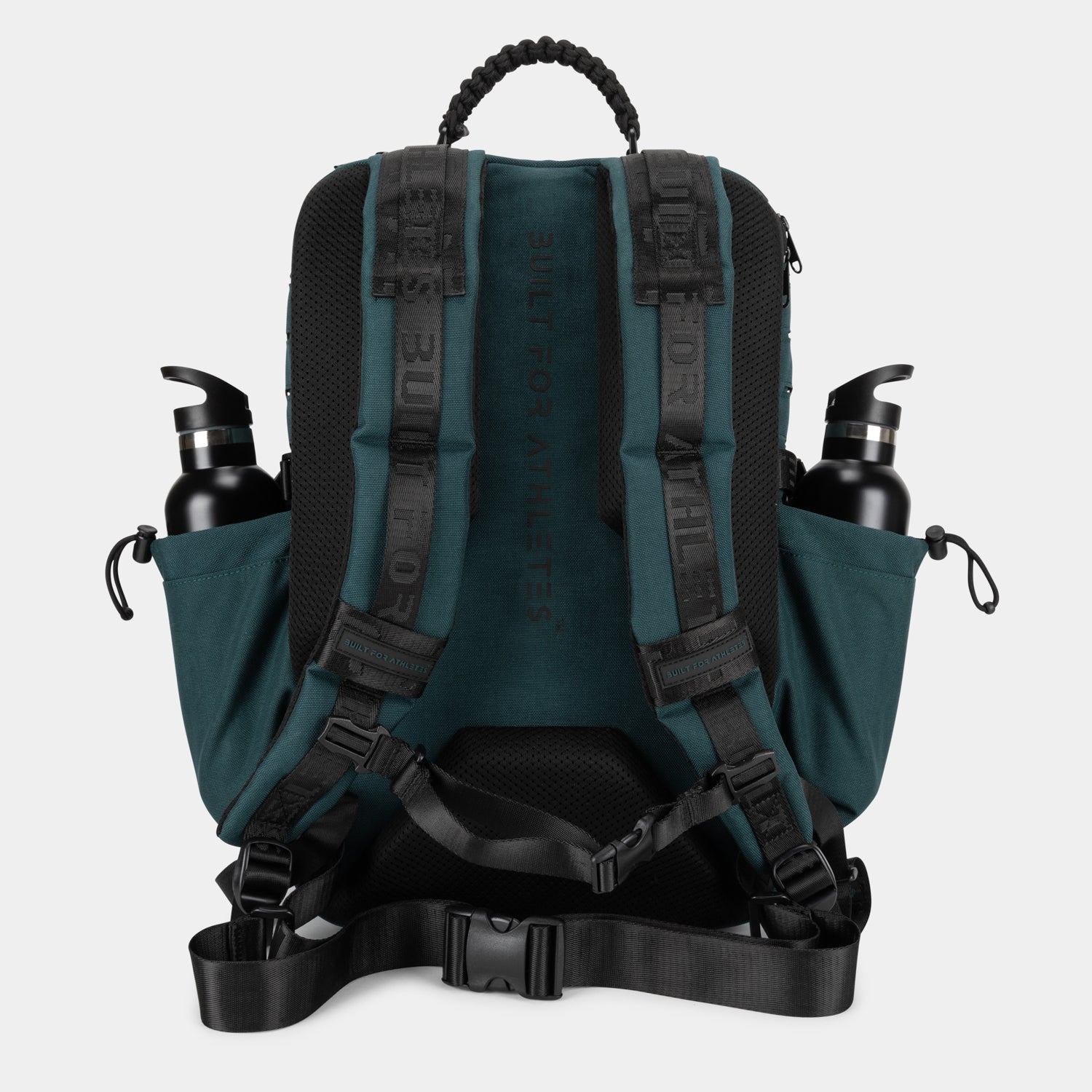
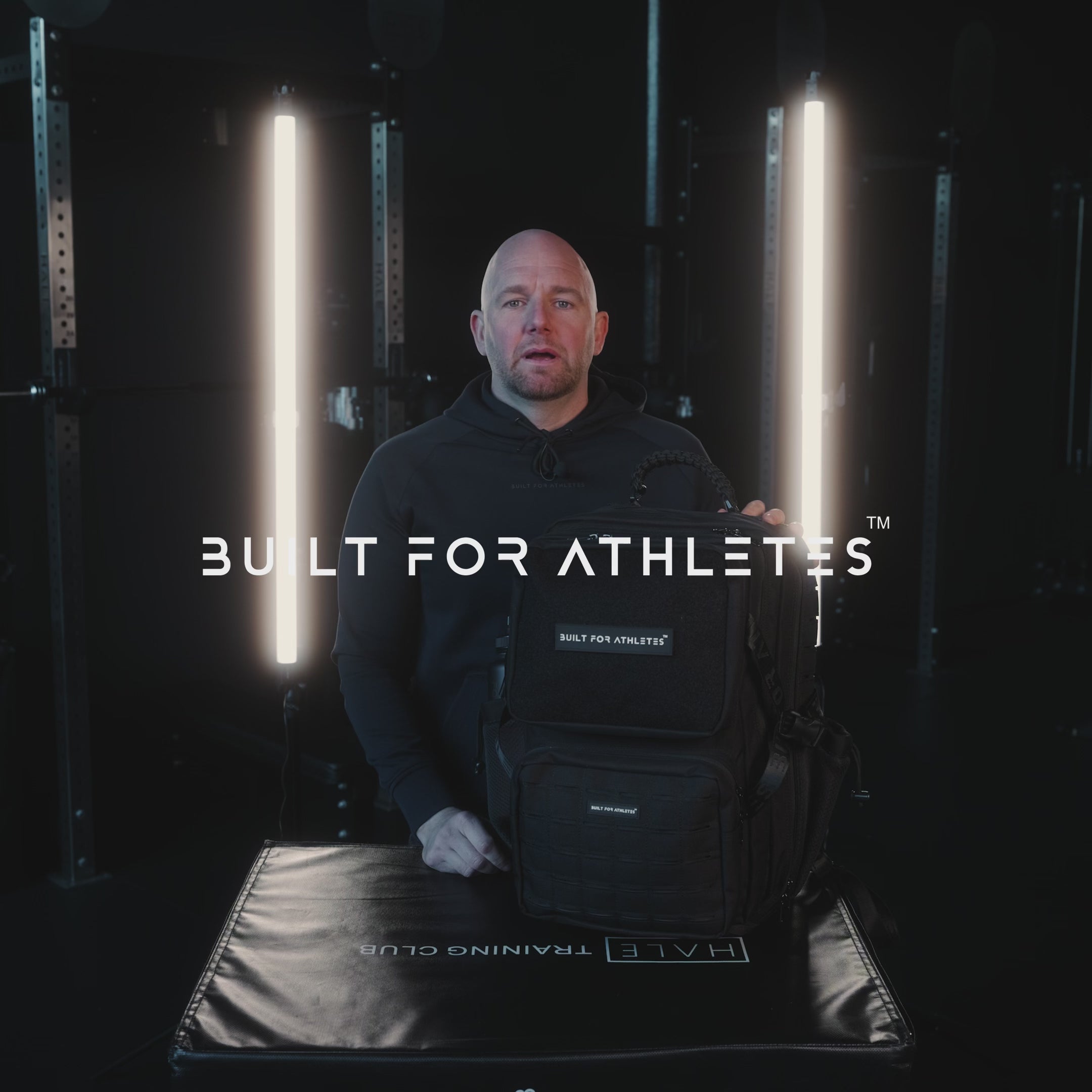
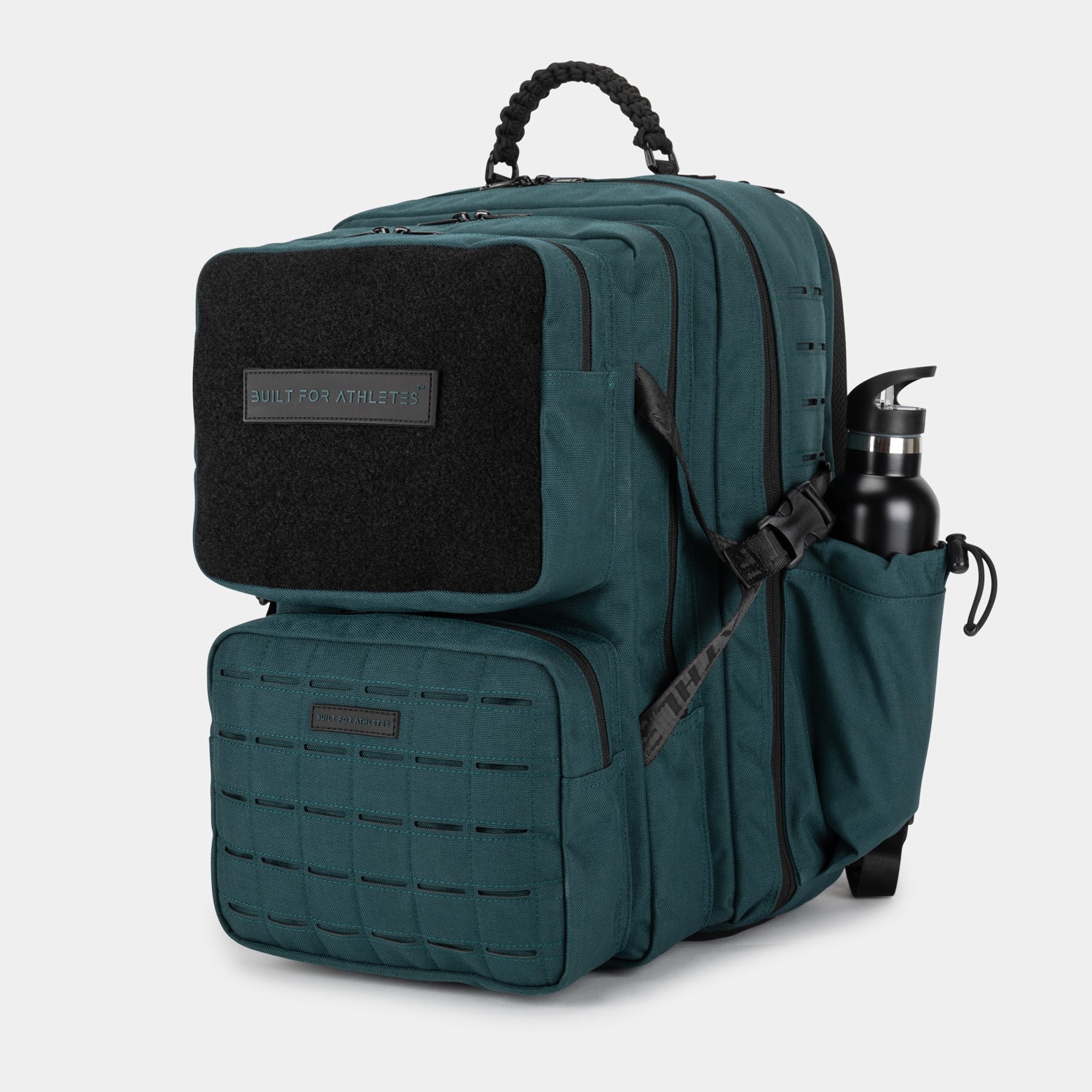
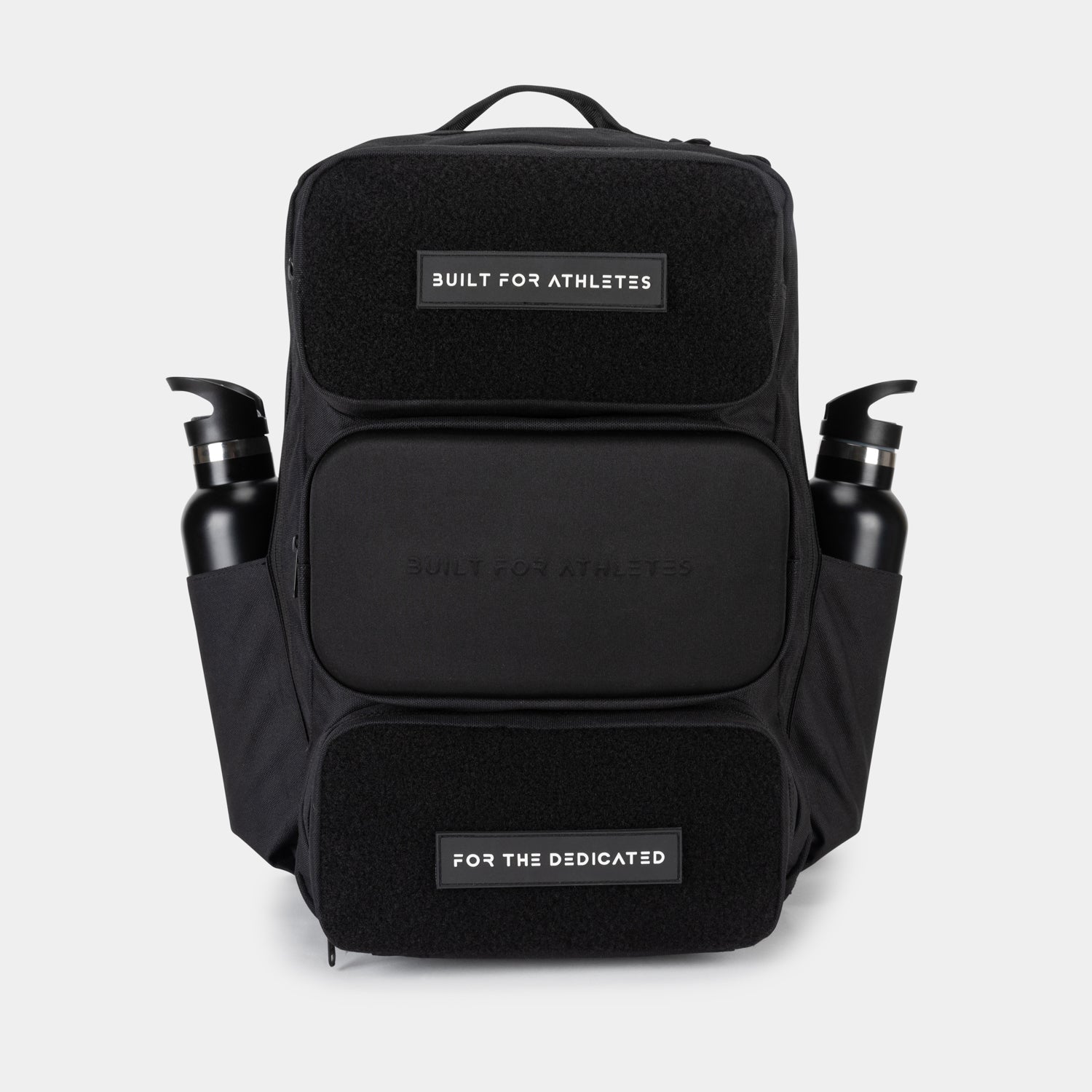

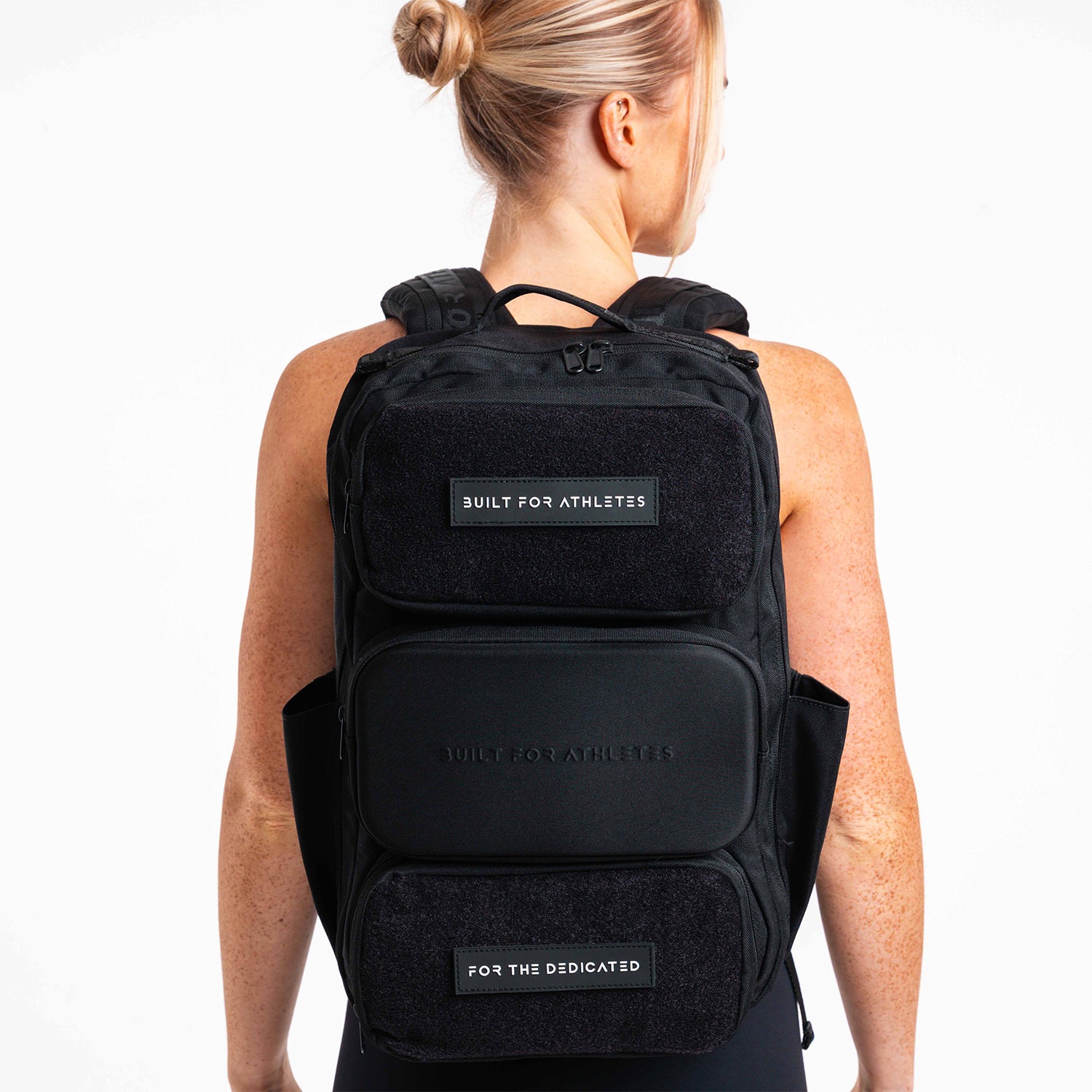
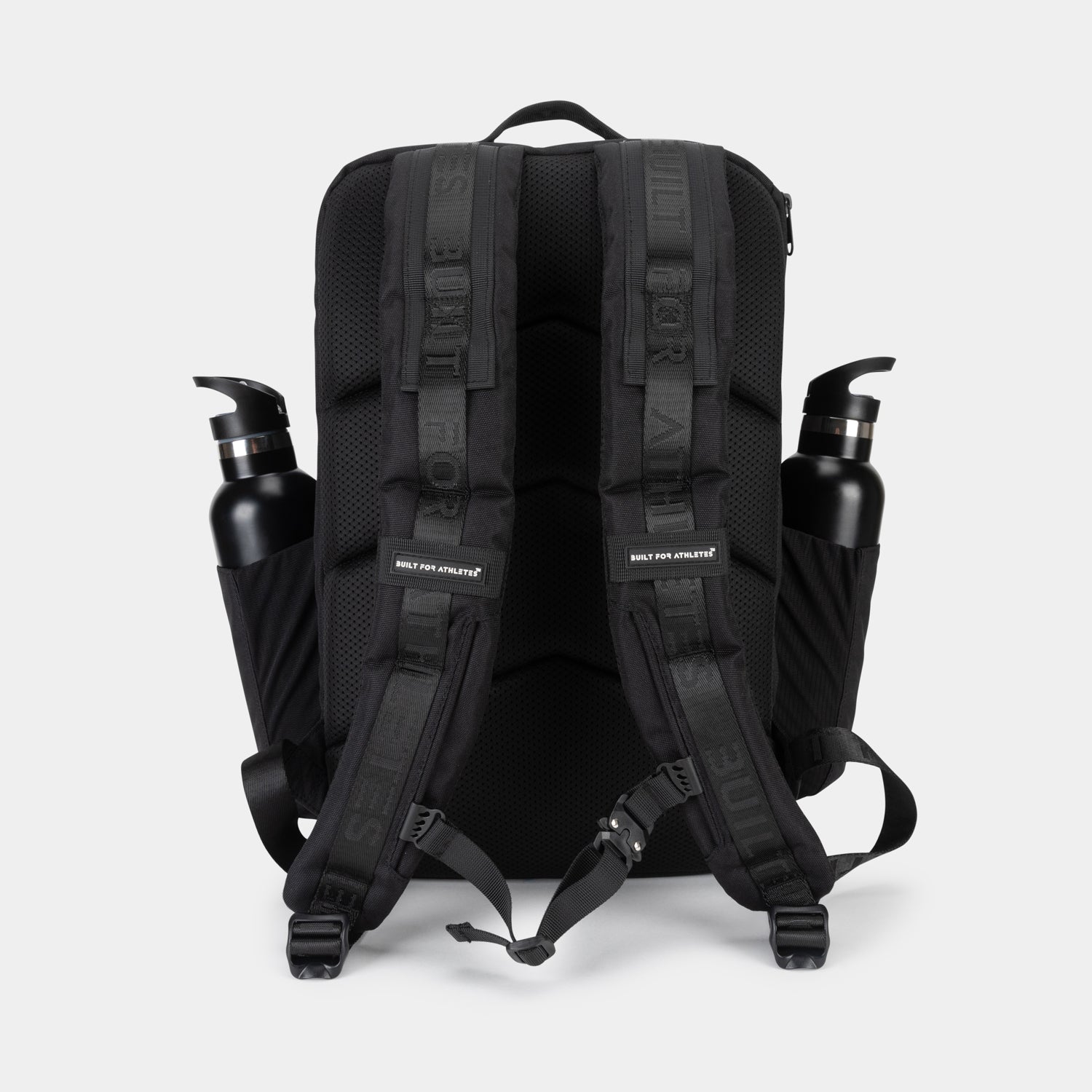
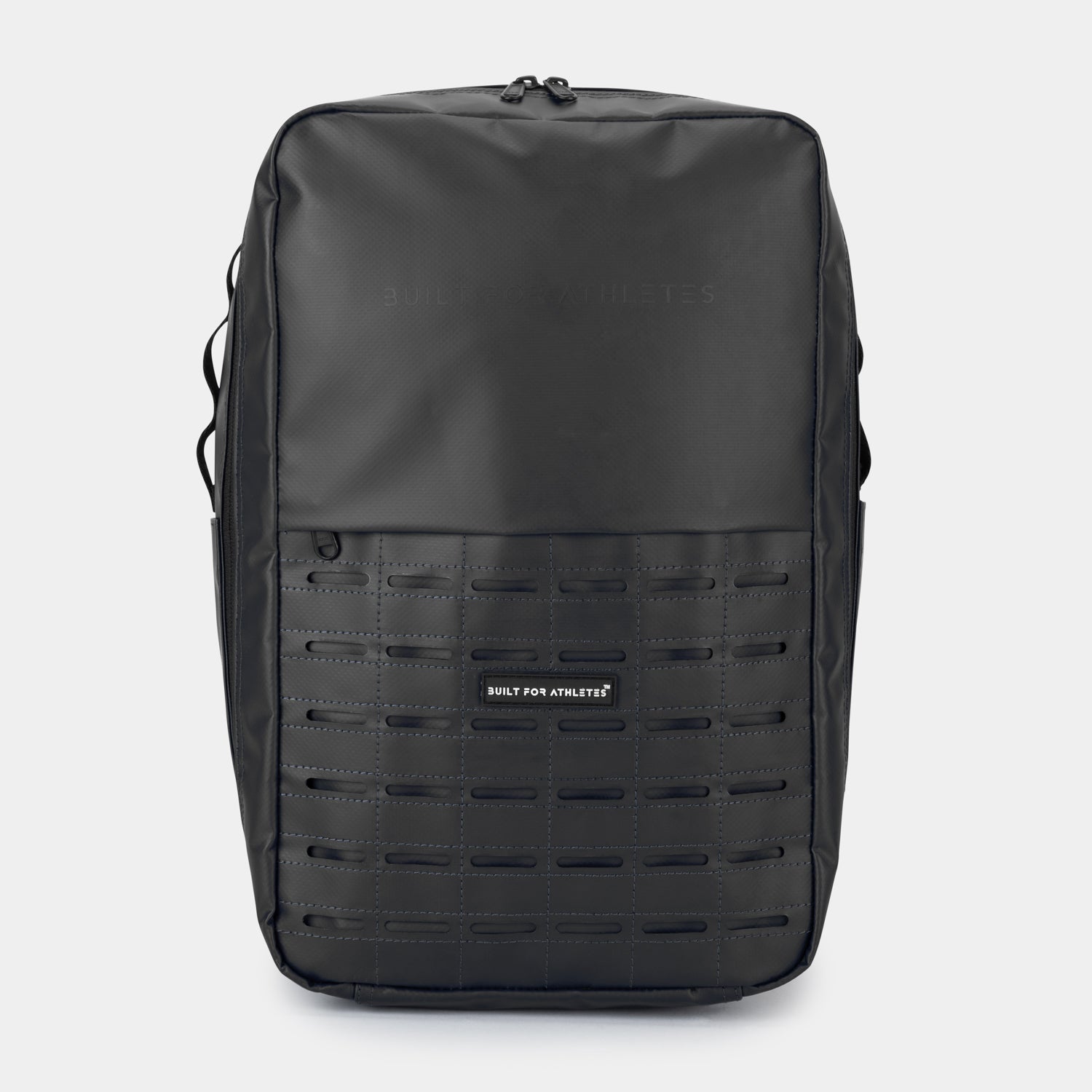
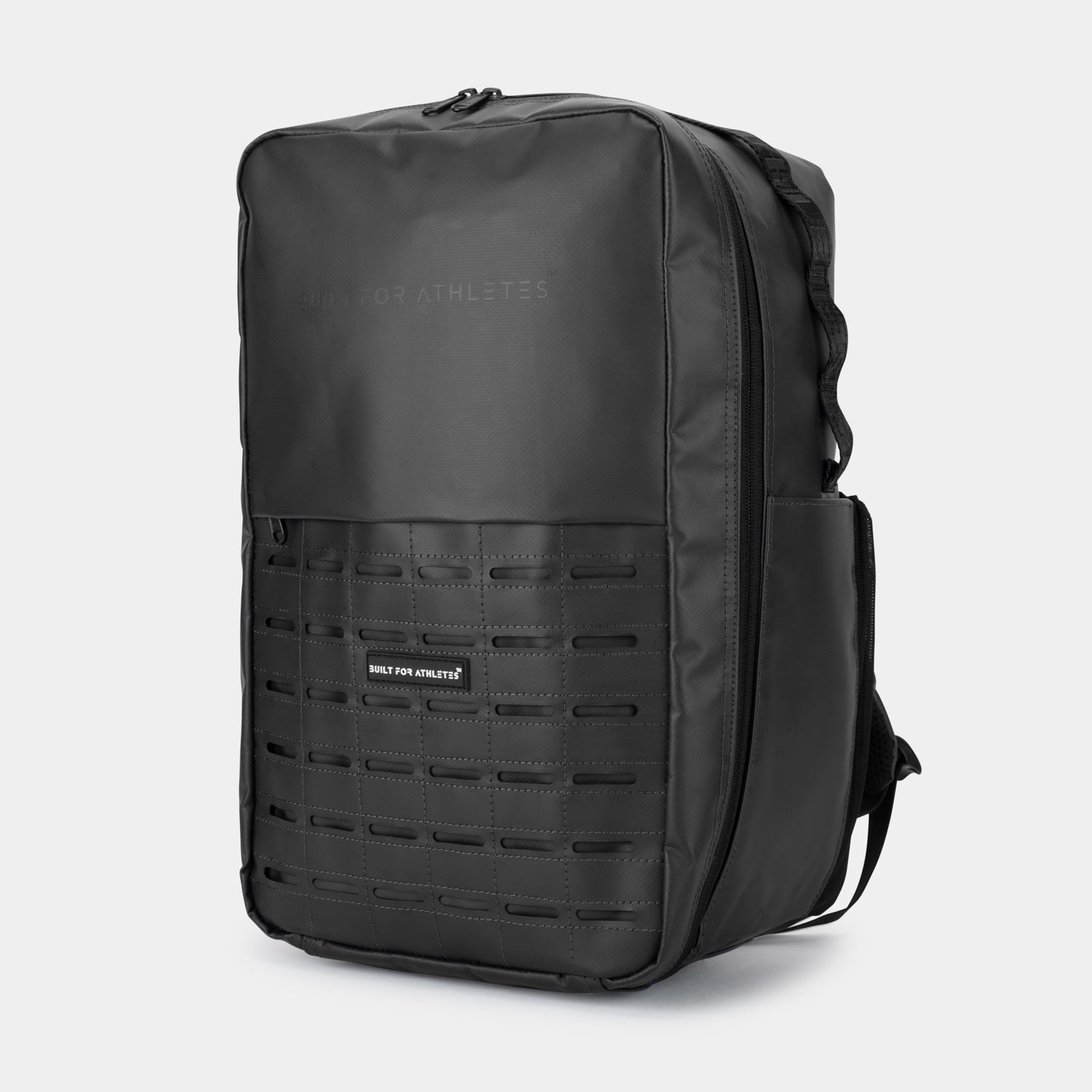





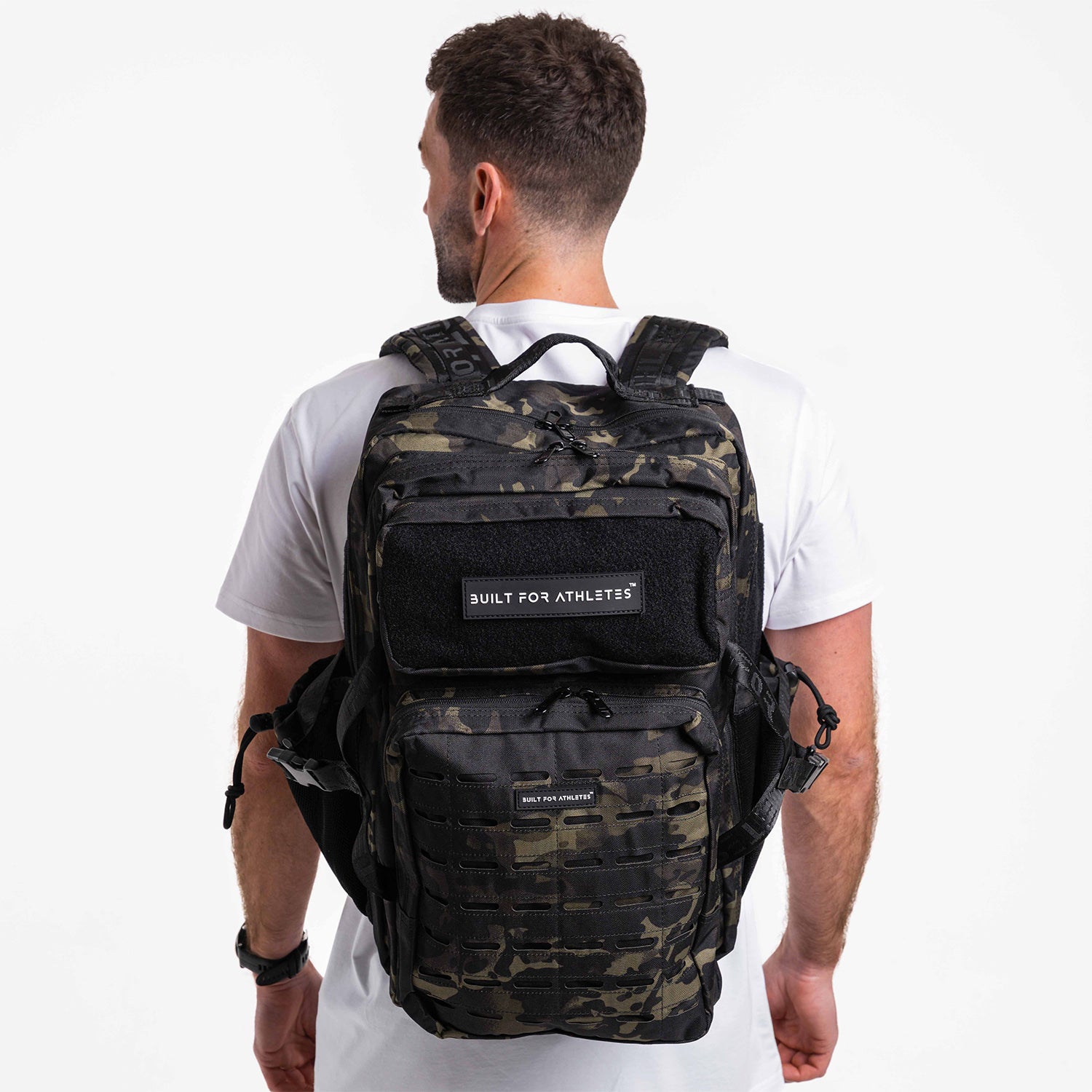

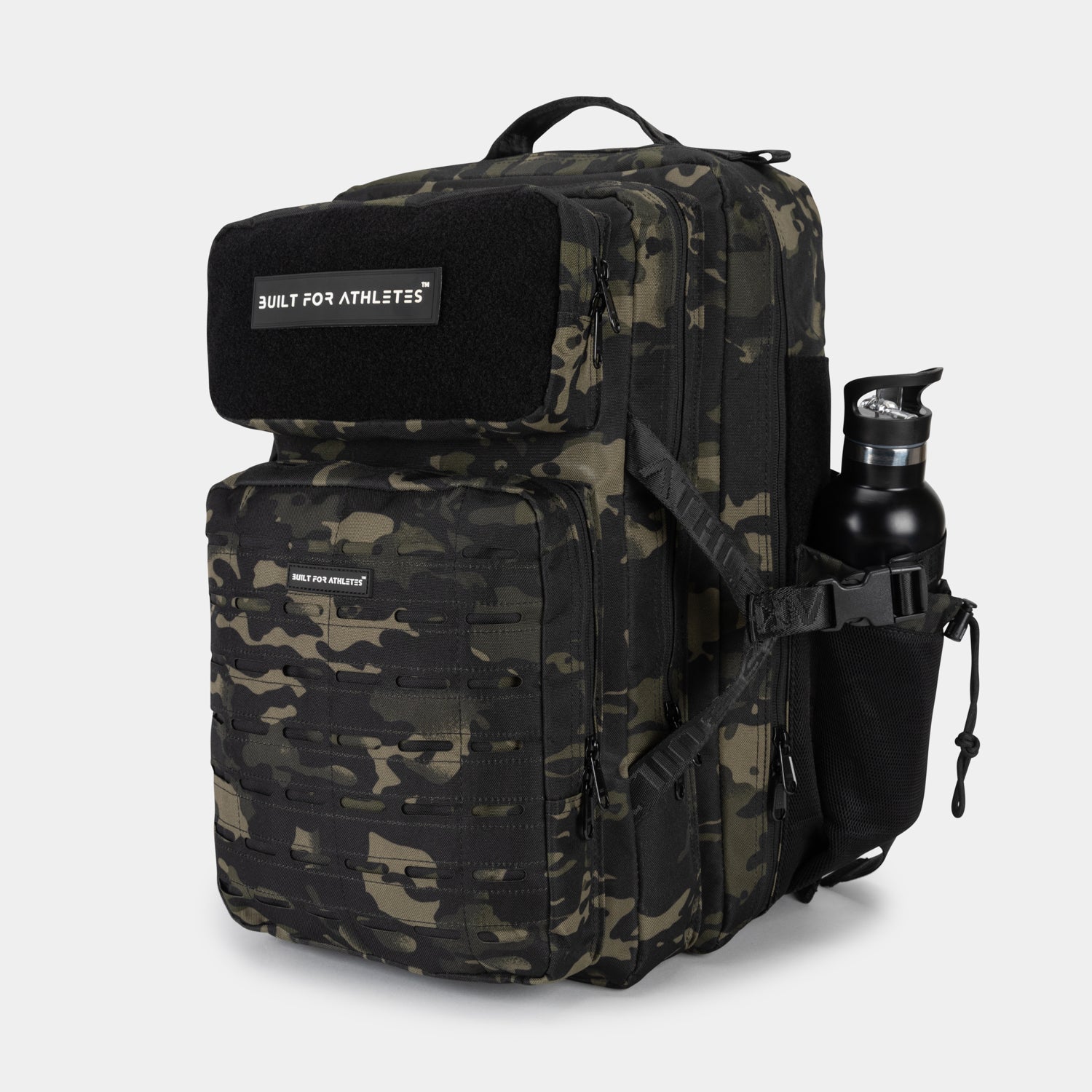
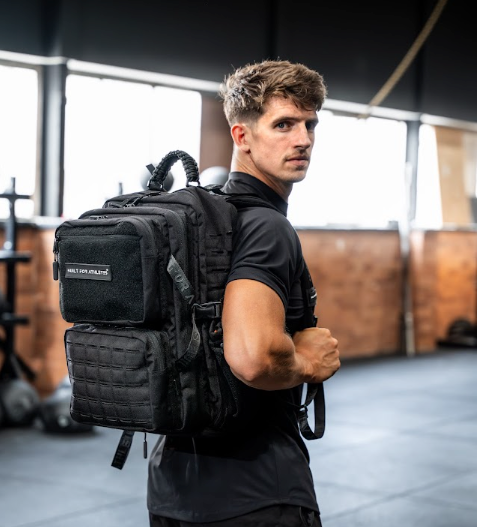
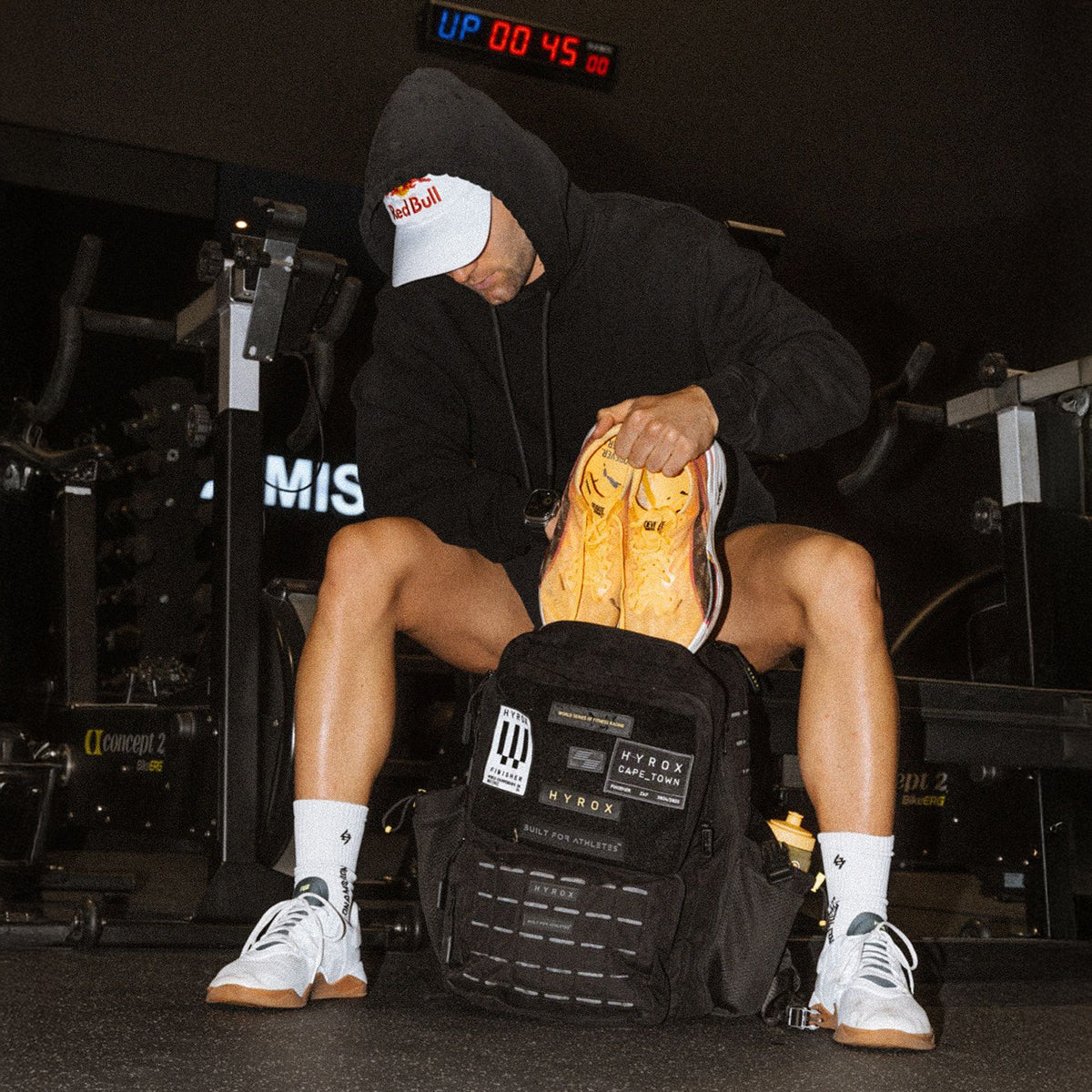

Share:
5 Ways To Speed Up Recovery
Q & A with Ben Haldon & Lucy Davis